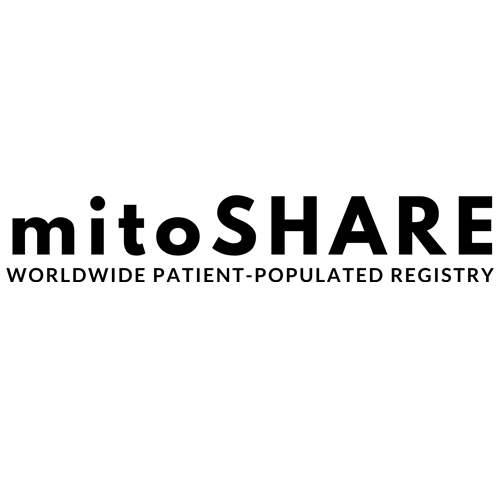Cultivating the Best Science is Our Best Hope
Participate in Clinical Research!
Mito Study Roundup: Studies Available for Patients and Caregivers. >>
The Roadmap to a Cure initiative guides the UMDF mission and focuses on three pillars: Diagnosis, Therapeutic Development and Patient Care. We aim to fast-track science, fund infrastructure and push progress across each pillar.
“UMDF is the largest funder of mitochondrial research outside of the federal government. In the last few years, discovery has streamlined the diagnosis for many and allowed designer therapies to be developed for several rare diseases that may be translatable to mitochondrial diseases. The Roadmap to a Cure provides direction for obtaining a diagnosis, developing care pathways for patients and finding therapies to alleviate symptoms.”
Dr. Bruce H. Cohen
Chair, UMDF Scientific & Medical Advisory Board
DIAGNOSIS
The Challenge
The pathway to a mitochondrial disease diagnosis is not standardized.
Our Commitment
Create a better diagnostic scenario to identify and characterize mitochondrial disease patients based on health information, genetic testing and bio samples.
Our Strategy
- Increasing Awareness
- Improving Diagnoses
- Developing Tools to Measure Mitochondrial Health/Disease
THERAPEUTIC DEVELOPMENT
The Challenge
There is an absence of well-controlled studies within the field and no licensed therapies for mitochondrial disease in the United States.
Our Commitment
Coordinate stakeholders in academia, government and the drug development industry to address validated outcome measures, patient-report outcomes and regulatory guidance to gain treatments more efficiently and quickly.
Our Strategy
- Facilitating Drug Development
- Identifying and Funding Gaps from Basic Science to Clinical Trials
PATIENT CARE
The Challenge
Clinical care for mitochondrial disease patients is often inconsistent, and insurance reimbursement for rare disease care is challenging.
Our Commitment
Leverage the national focus on personalized medicine to develop programs and tools that will advance, optimize and lead to standards of patient care for the mitochondrial disease community.
Our Strategy
- Personalized Medicine
- Patient/Clinical Education
- Developing Coordinated Care Models
- Establishing Centers of Excellence
Interested in applying for a UMDF Research Grant?
Clinical Trial Opportunities for Patients
Our best hope for finding treatments and cures is clinical trials. For research studies to be effective, a large amount of data from a large pool of participants is essential. We urge patients to join the fight and engage in clinical trials to help make a difference for future generations.
Stay up-to-date on the latest news and updates on clinical trials. Visit the UMDF Clinical Trials page.
Annual UMDF Grant Prize Winners
2024 Prize Winner
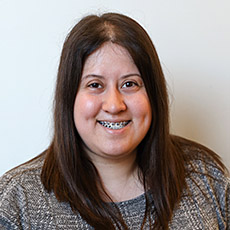
Kristen G. Navarro, PhD
Children’s Hospital
of Philadelphia
Project Summary
Cells must adapt to their environment to grow and survive. The process of the cell learning about its external environment, for example nutrient availability, health of surrounding, etc. is called cell signaling. Cell signaling is usually conducted inside the cell by a series of specific proteins that talk to each other in a set order, to relay information from outside the cell to the cell itself to allow the cell to make decision about how to adapt. One recipient of this information in the cell may be the mitochondria. Mitochondria are responsible for energy production and are intimately involved in cell signaling pathways. To make energy, proteins in the mitochondria called Mitochondrial Complex proteins use a type of cellular electricity known as electrons to pass electrical energy to their neighbors in a line back and forth. At the very end of the line, a protein called ATP Synthase (also called Mitochondrial Complex V – CV) produces energy. In mitochondrial disease when mitochondria do not work properly, cell signaling, and the ability of the Mitochondrial Complex proteins are disrupted. Signals that were designed to be temporary ‘mitochondrial overwhelm’ signals may stay on permanently. Since mitochondrial diseases can be caused by multiple different abnormalities in the mitochondria, developing universal treatments is difficult. This proposal aims to study a specific mitochondrial disease called ATP Synthase (Complex V deficiency) and how it interacts with the mTOR pathway, one of the main cell signaling pathways to communicate nutrient availability. This work builds on the discovery that the mTOR pathway is abnormal in animal models of Complex V deficiency and that mTOR directly inhibits complex V in healthy animals. This work could help future researchers to develop and direct precision treatments for mitochondrial disease that manipulate cell signaling pathways.
2023 Prize Winner
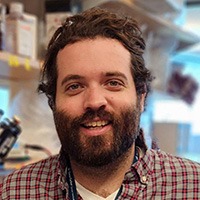
Conor Ronayne, PhD
Dana-Farber Cancer Institute,
Harvard Medical School
Project Summary
2022 Prize Winner
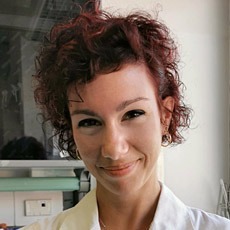
Sara Carli, PhD
Università di
Bologna, Italy
Project Summary
Mitochondria have their own genetic material, the mitochondrial DNA (mtDNA). Having too little mtDNA is one of the causes that drives the onset of Mitochondrial Depletion Syndromes (MDSs). Patients with MDS experience a spectrum of symptoms which generally lead to death in a few months. mtDNA depletion could be due to a defect in the production of a primary building block or gene of the mitochondrial DNA. Currently, there are no animal models present to better understand MDS or to test the effectiveness of therapeutic treatments. This project proposes to create a mouse model that will be used to better understand the progression of MDS. With a mouse model available I will then test the effectiveness of gene therapy, an innovative therapeutic approach to restoring the defective gene that causes MDS.
2021 Prize Winner
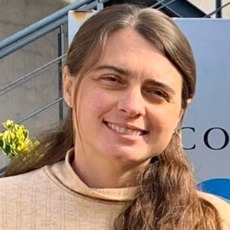
Lia Mayorga, MD, PhD
IHEM
Mendoza, Argentina
Project Summary
2020 Prize Winner

Kinsley Christopher Belle
Stanford University
Stanford, CA
Project Summary
Our objective is to determine how internal factors, such as development and cell specification cues, as well as external stimulus, oxygen levels, energy substrates, and drug compounds influence mitochondria heteroplasmy. Our preliminary assessments suggest that cell-type development and cell division influence heteroplasmy in developing tissues, additionally our work on cell conditions, and small molecules has yielded promising preliminary results for possible therapeutics. This body of work serves as a template for discovering compounds that reduce mitochondrial heteroplasmy and thus disease burden in patients.
2019 Prize Winner

Arwen Gao
Ecole Polytechnique Federale de Lausanne
Lausanne, Switzerland
Project Summary
Your Dollars at Work
Your donations power our ability to support science dedicated to mitochondrial disease research.
million in grants awarded
million stimulated in government grant follow on funding
labs funded and launched
million dedicated to Leigh Syndrome Roadmap Initiative
Making an Impact in Drug Development
UMDF recognizes industry as an essential partner in developing treatments and cures for mitochondrial disease.
Industry Advisory Council
Facilitating Drug Development
There is a need to generate more urgency within the drug industry to invest and develop therapeutic treatments focused on mitochondrial disease.
No single organization can take on mitochondrial disease alone. UMDF has gathered the leading mitochondrial disease patient advocacy groups from around the globe to form and fund The Leigh Syndrome International Consortium. This Roadmap to a Cure project showcases our active dedication to find the best science wherever it is located in the world.
UMDF interacts with multiple organizations and is the nucleus of many infrastructure projects dedicated to mitochondrial disease clinical research and patient care. UMDF is collaborating with key stakeholders to create a single hub essential for sharing and dispersing critical information to benefit the entire mitochondrial disease community.
